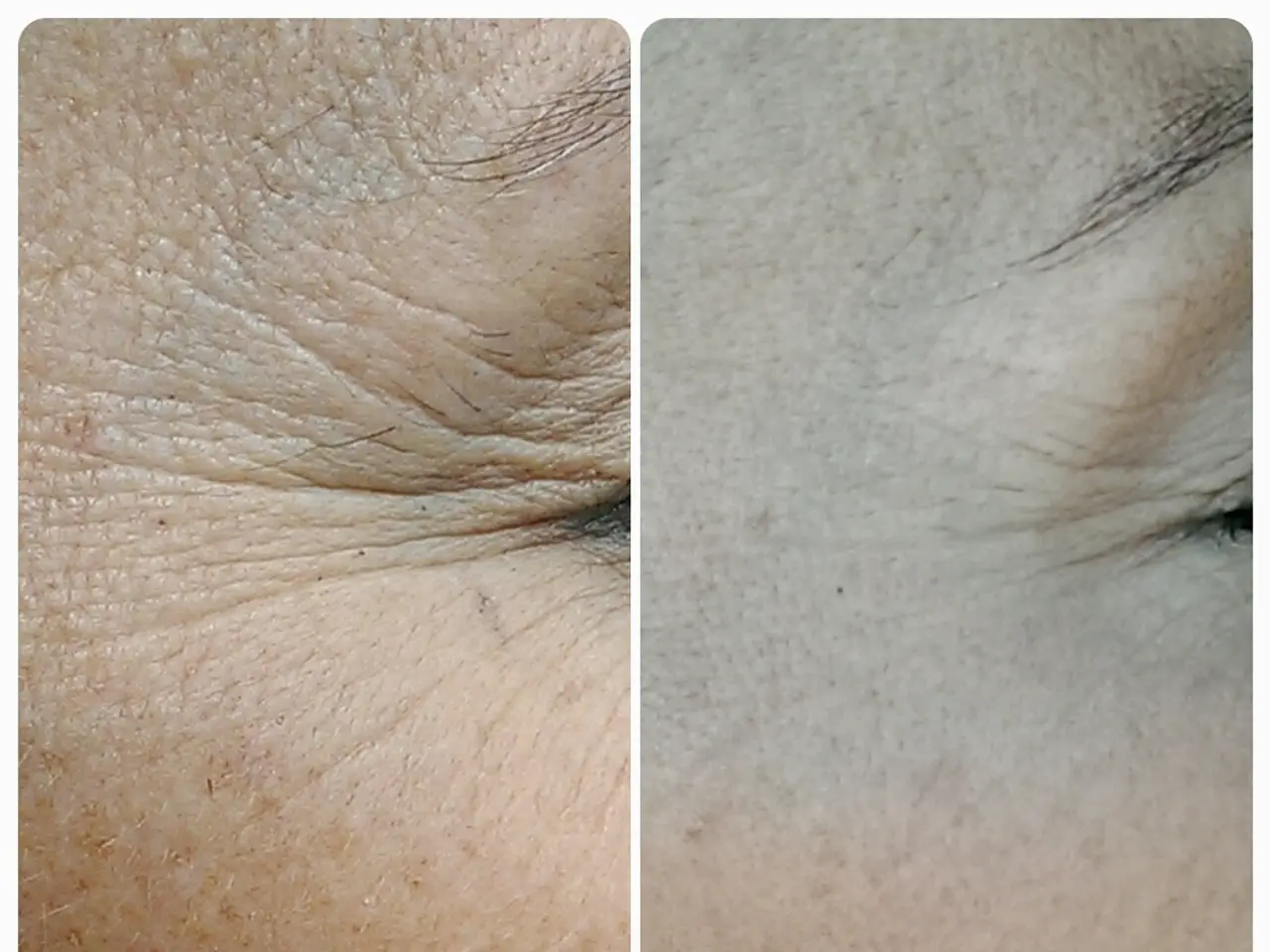Embracing Preterm Infants: Wrapping Your Newborn in Soft Covers
In the delicate world of premature infants, born before completing 37 weeks of gestation, special attention and care are required due to their underdeveloped systems. These tiny bundles of joy face unique challenges, including breathing difficulties and heightened vulnerability to infections. Understanding these challenges is essential for providing the specialized care preemies need.
Swaddling, a practice of wrapping infants snugly in a blanket, is a vital tool in creating a cocoon of warmth for preemies. This method, which involves skin-to-skin contact between the baby and the parent, can regulate the preemie's body temperature and foster a strong emotional bond.
When swaddling, it's crucial to choose soft, breathable fabrics to protect the delicate skin of preemies. Gentle hugging, cradling the baby in a soft, supportive manner without using tight wraps, can provide a sense of security and warmth for preemies who may not respond well to traditional swaddling.
Swaddling offers important benefits for premature infants, especially in calming and supporting sleep. It may also support healthy hip development and help soothe fussy babies. Swaddling mimics the protective cocoon of the mother's womb, fostering a sense of security essential for preemies' growth and development.
Swaddling helps regulate body temperature, prevents the startle reflex, promotes better sleep, and provides a sense of containment that is soothing for preemies. However, it's important to ensure the swaddle is snug but not too tight, especially around the hips, to support healthy hip development and avoid hip dysplasia.
Alternatives to swaddling that also promote calm and sleep include carrying the baby in a sling or baby carrier to maintain close physical contact, which has benefits for both the infant’s sleep quality and breastfeeding. For instance, close contact helps babies sleep more quietly and longer by allowing them to hear the parent's heartbeat and feel movements, which reduces stress from separation.
Safety tips when swaddling premature infants include allowing enough room for leg movement, placing the baby on their back to sleep, and discontinuing swaddling once the baby starts showing signs of rolling over to prevent suffocation risk. Monitoring temperature is key to avoid overheating.
In intensive care settings, alternatives like sedation are sometimes used, but non-pharmacologic methods like swaddling are preferred for calming infants. Consulting with your baby's healthcare provider for specific swaddling safety tips is essential, as they can provide personalized advice based on your preemie's unique needs and development.
Preemie-sized sleep sacks or wearable blankets provide a cozy environment without the constraints of tight wrapping, making them an excellent alternative to traditional swaddling for preemies who may find it restrictive. Gradually introducing other sleep aids, such as sleep sacks or transitional blankets, can help preemies adjust to sleeping without being swaddled.
Remember, preemies are more susceptible to temperature fluctuations due to their underdeveloped systems. Improper swaddling can increase the risk of hip dysplasia. It is important to follow certain safety guidelines to ensure the well-being of preemies while swaddling, such as monitoring the baby while swaddled, choosing a lightweight and breathable swaddle blanket, and avoiding overdressing the baby.
Swaddling, carrying in slings, and providing a warm and nurturing environment are crucial for preemies' well-being and growth as their first moments of life are critical for their growth. By understanding the benefits and safety guidelines of swaddling, parents and caregivers can help these tiny miracles thrive.
- Swaddling, a wrapping technique that creates a cocoon of warmth for preemies, can help regulate their body temperature, promote sleep, and foster emotional bonds.
- When swaddling preemies, it's essential to choose soft, breathable fabrics and practice gentle hugging to ensure their delicate skin is protected and not exposed to tight wraps.
- Swaddling mimics the protective cocoon of the mother's womb, providing a sense of security that is essential for preemies' growth and development.
- Clothing preemies in preemie-sized sleep sacks or wearable blankets can be an excellent alternative to traditional swaddling, providing a cozy environment without the constraints of tight wrapping.
- To prevent suffocation risk and ensure the safety of preemies during swaddling, it's important to allow enough room for leg movement, place the baby on their back to sleep, and monitor the baby while swaddled.
- Following safety guidelines like monitoring the baby's temperature, choosing a lightweight and breathable swaddle blanket, and avoiding overdressing the baby is crucial to ensure the well-being of preemies while swaddling, as they are more susceptible to temperature fluctuations due to their underdeveloped systems.




